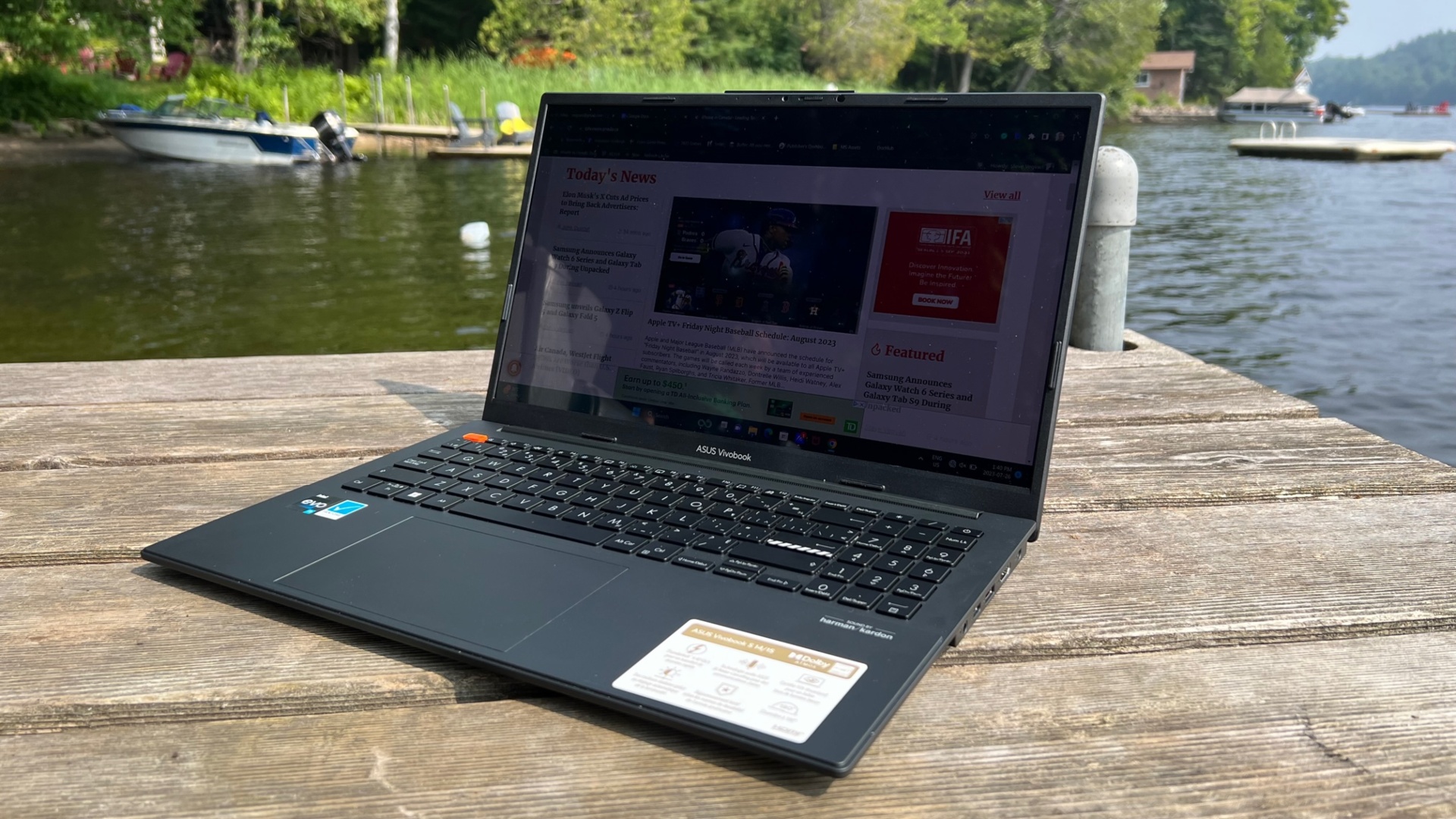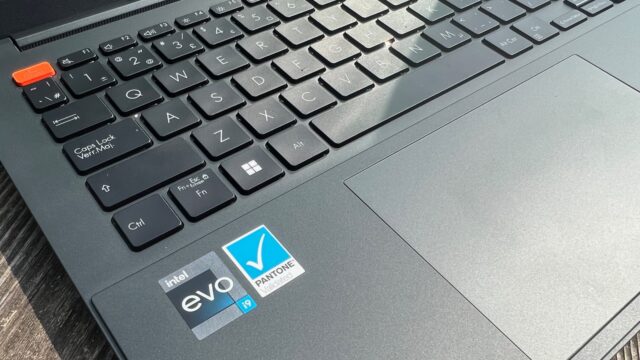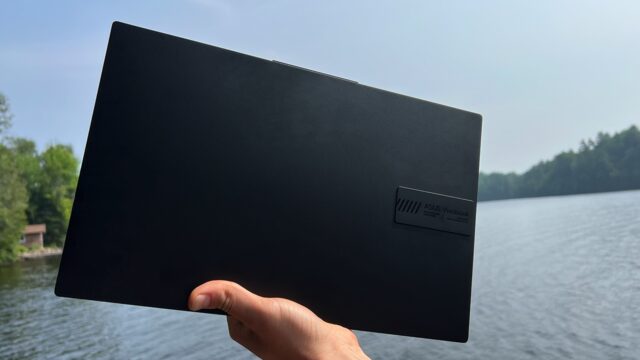
Asus’ VivoBook S Laptop Has Become my Ultimate Travel Companion This Summer

This summer, I’ve been taking full advantage of the warm weather and embracing a life that’s inundated with work trips. This means spending frequent days away from my home office, at a cottage, at an airport, or in a hotel. Over these past 45 days or so, I’ve been extensively using the Asus VivoBook S to its fullest capacity as my on-the-run travel companion.
At home, I’ve found solace in using my desktop PC and my MacBook to tackle my everyday workload. I can fully admit, my dual ultra-wide desktop setup is pretty outstanding. However, when multitasking for video content creation or balancing writing with social posts, having enough screen real estate is key. My 13-inch MacBook Pro, on the other hand, has the horsepower to multitask. Yet, the screen size is a step-down, to say the least. The Asus VivoBook S is sort of the best of both worlds, especially when it comes to portability. Although, it doesn’t have the most inspired design.
What helps support the idea of taking the VivoBook S along with me is its weight and size. Keep in mind that it is supporting a 15.6-inch display. Therefore, it shouldn’t come as a major shock to learn that it weighs 1.8kg. That said, it is still lighter than the 16-inch M2 Pro MacBook Pro. The bezels of the device are also reasonably thin. This ensures it’s able to slip into a backpack or bag during travel.
Productivity
It features a 15.6-inch OLED display. It’s fully loaded with a 2.6Hz Intel Core i9-13900H 14-core CPU with 16GB LPDDR5 RAM. It’s all wrapped in a pretty bow dubbed Intel Evo. Of course, that’s one core aspect that made the VivoBook S a tantalizing device to use while away from home. Under the hood, the Windows 11-enabled laptop sports a 1TB SSD for quite the speedy storage options, especially for 1080p or 4K videos.

The VivoBook S also offers a fair number of connectivity ports, which is essential for productivity. Along both sides of the device, you’ll find its DC power supply, a USB-A 2.0 port, USB-A 3.2 Gen 1 port, HMDI 1.4 port, Thunderbolt 4 USB-C supporting 5Gbps transfers, and a 3.5mm headphone jack. Sadly, it’s not the widest array of ports. I’d prefer to have more access to USB-A inputs at times but the current availability is diverse.
Whether it’s writing my next article or editing a photo for social media, the VivoBook S has been able to support all of the lighter tasks with ease. However, my true test within productivity was editing and rendering video content. Regardless if I was cutting 4K clips in Adobe Premiere or building a timeline of heavy text-based images in After Effects, the VivoBook S never dipped in its speed. Clocked the VivoBook S came in at 2.6Hz with a max of 4.7GHz when under peak performance stress. Rendering times were always reliable, which gave me the assurance that I wouldn’t have to sacrifice productivity when travelling.
Gaming and content
The device utilizes the Intel Iris Xe Graphics GPU capabilities. Although not primarily positioned as a gaming laptop, the integration of Intel’s Iris Xe does go a long way to provide excellent performance. The 15.3-inch OLED display does support a 1920 x 1080 native resolution with up to 120Hz refresh rate. The support of Iris Xe enables 1080p resolution at a stable 30FPS while playing many AAA games. However, frames did get a bit of a bump if playing at lower settings and at 720p resolution. The device’s response time is also fairly adequate, coming in at only 0.2ms.

Consuming regular content on the VivoBook S has also been an exceptional experience. With a full 100 percent DCI-P3 colour gamut and 600 nits of brightness, images beam of the screen while streaming Netflix, Disney+, or Prime Video. Additionally, the device supports VESA DisplayHDR True Black 600, delivering some inky blacks, contrasting with every image. Asus also includes Dolby Vision support.
Battery life
What I found most surprising when using the VivoBook S was its battery life. For its moderate price range, I’ve often found battery life to be lacking, especially when you consider its OLED display. This device offers a 75 Wh battery, which is an improvement from its predecessors. Additionally, it is certified with Intel EVO, ensuring that its battery life is finely tuned for the device.
On average, I’ve been able to get a consistent 8-9 hours of moderate to heavy use from the VivoBook S prior to needing a charge. Luckily, Asus does include fast charging capabilities. I’ve been able to get roughly 75 percent of the battery topped off in an hour or so. A full charge does require around 80-90 minutes.
Final thoughts
I’ve been thoroughly impressed by the VivoBook S this summer. Currently, it’s available for $1,199 in Canada. It’s a great contender for those who require a productivity machine when on the go. Unfortunately, without 4K support, the OLED display doesn’t reach its true potential. However, streamed HD content does look great and it can support many AAA games while topping out at around 30FPS.

